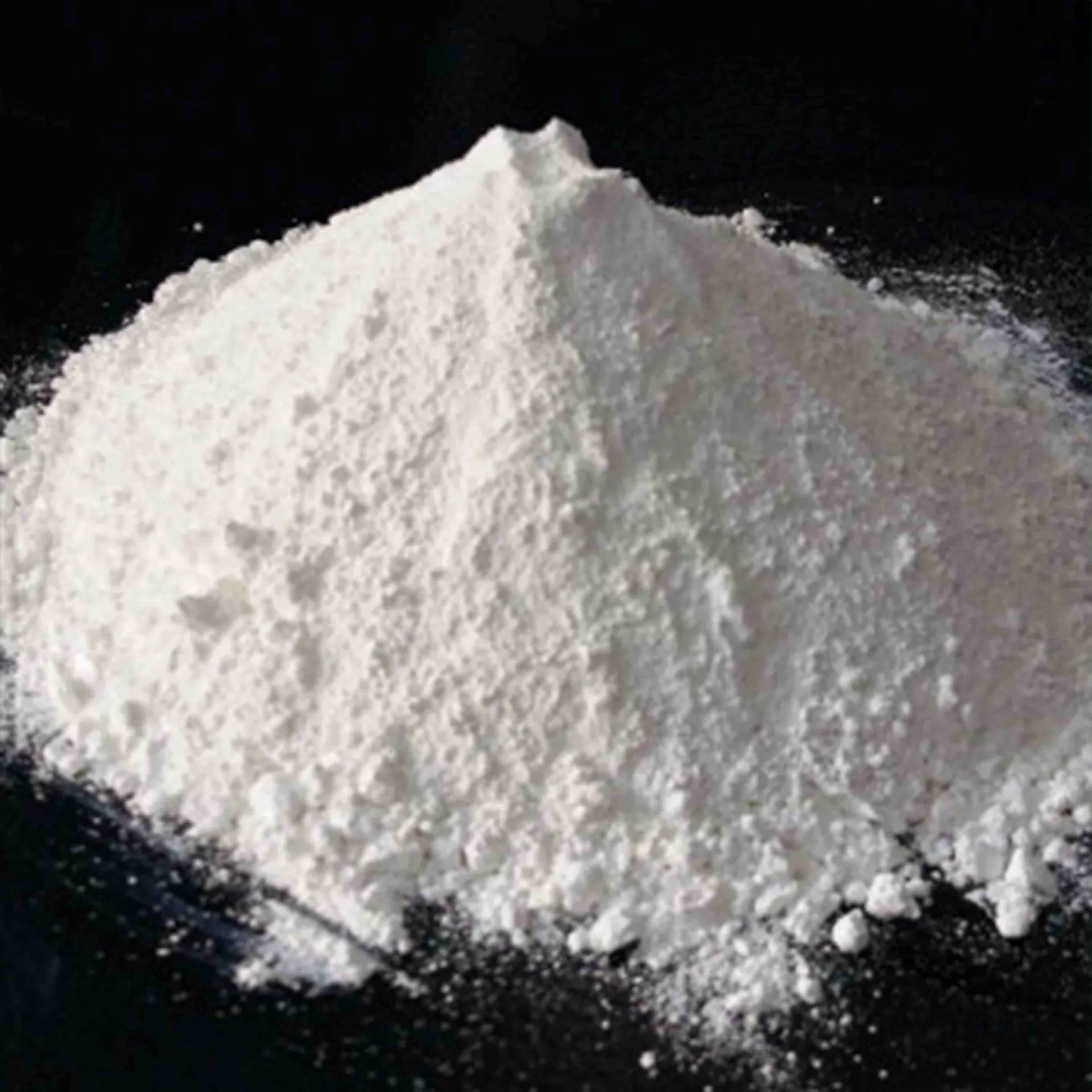
Th8 . 11, 2025 17:06 Trở lại danh sách
Choosing Rutile Titanium Dioxide for Long-Lasting Exterior Latex Paints
Titanium dioxide (TiO₂) is the most widely used white pigment in the coatings industry, prized for its exceptional opacity, brightness, and durability. Among its two primary crystalline forms—rutile and anatase—titan dioxide rutile is the preferred choice for exterior latex paints due to its superior weather resistance, higher refractive index, and long-term stability.

Exterior paints face harsh environmental conditions, including UV radiation, moisture, and temperature fluctuations. To ensure long-lasting performance, paint manufacturers must carefully select high-quality titanium dioxide powder, considering factors such as dispersion, durability, and cost. This article explores why titan dioxide rutile is the optimal choice for exterior latex paints, the role of a reliable titanium dioxide manufacturer, and how rutile titanium dioxide price impacts formulation decisions.
Why Rutile Titanium Dioxide Outperforms Other Pigments?
Superior Opacity and Light-Scattering Efficiency
The effectiveness of a white pigment in paints depends on its ability to scatter light. Rutile titanium dioxide has a higher refractive index (2.7) compared to anatase (2.5), meaning it provides better hiding power with less pigment required. This efficiency reduces formulation costs while maintaining excellent coverage, making it ideal for exterior latex paints where opacity is critical.
Enhanced UV Resistance and Chalk Resistance
Exterior paints are constantly exposed to sunlight, which can cause fading, chalking, and degradation over time. Unlike anatase TiO₂, which has higher photocatalytic activity, titan dioxide rutile is more chemically stable under UV exposure. This stability minimizes binder degradation, preventing the paint film from breaking down and forming a chalky surface.
Durability in Harsh Weather Conditions
Rain, humidity, and freeze-thaw cycles can damage exterior coatings. Rutile titanium dioxide powder is engineered with specialized surface treatments (such as silica, alumina, or zirconia coatings) that improve pigment-binder adhesion and moisture resistance. This ensures that the paint film remains intact, preventing blistering, peeling, or color fading even after years of exposure.
Key Considerations When Selecting Titanium Dioxide for Exterior Paints
Particle Size and Dispersion Quality
The performance of titanium dioxide powder in latex paints heavily depends on its particle size distribution and dispersion stability. Optimal particle size (around 0.2–0.3 microns) maximizes light scattering, while proper dispersion prevents agglomeration, ensuring smooth application and uniform film formation. Reputable titanium dioxide manufacturers provide surface-treated grades that enhance compatibility with latex binders.
Impact of Rutile Titanium Dioxide Price on Formulation
The rutile titanium dioxide price is influenced by factors such as raw material costs, production methods (chloride vs. sulfate process), and global demand. While high-quality TiO₂ may come at a premium, its long-term benefits—such as reduced paint consumption and extended coating lifespan—justify the investment. Paint manufacturers must balance cost and performance to achieve optimal formulations.
Sustainability and Environmental Compliance
With increasing regulations on volatile organic compounds (VOCs) and eco-friendly coatings, titanium dioxide manufacturers are developing low-dust, easy-to-disperse grades that minimize environmental impact. Additionally, rutile TiO₂’s durability contributes to sustainable paint systems by reducing the need for frequent repainting.
Manufacturing and Application of Rutile Titanium Dioxide in Latex Paints
Surface Treatments for Improved Performance
To enhance performance in exterior latex paints, titan dioxide rutile undergoes surface modifications, including:
Inorganic coatings (silica, alumina): Improve weather resistance and dispersibility.
Organic treatments (polyols, silanes): Enhance compatibility with latex binders.
These treatments ensure that the pigment integrates smoothly into the paint matrix, preventing settling and improving long-term stability.
Optimizing Paint Formulations with Titanium Dioxide Powder
A well-formulated exterior latex paint requires the right balance of titan dioxide rutile, binders, extenders, and additives. Key considerations include:
Pigment Volume Concentration (PVC): Higher PVC improves opacity but may reduce durability.
Binder Selection: Acrylic latex binders work best with TiO₂ for flexibility and adhesion.
Additives: UV absorbers and rheology modifiers complement TiO₂’s performance.
By fine-tuning these factors, manufacturers can achieve paints that resist cracking, fading, and dirt pickup.
Market Trends and Future Outlook for Rutile Titanium Dioxide
Growing Demand for High-Performance Exterior Paints
As urbanization and infrastructure development increase, the demand for durable exterior coatings rises. Rutile titanium dioxide remains the pigment of choice for architects, contractors, and homeowners seeking long-lasting protection and aesthetics.
Innovations in Titanium Dioxide Manufacturing
Leading titanium dioxide manufacturers are investing in advanced production techniques to improve pigment efficiency and sustainability. Developments such as nano-TiO₂ and hybrid pigments could further enhance UV protection and reduce environmental impact.
Price Stability and Supply Chain Considerations
Fluctuations in the rutile titanium dioxide price can affect paint production costs. Manufacturers must establish strong supplier relationships to secure consistent quality and pricing while exploring alternative formulations to mitigate market volatility.
Titanium Dioxide in Exterior Paints
For exterior latex paints that withstand harsh weather conditions and maintain their appearance for years, titan dioxide rutile is the undisputed best choice. Its superior opacity, UV resistance, and durability make it indispensable in high-performance coatings. When selecting titanium dioxide powder, paint formulators must prioritize quality, dispersion properties, and the reputation of the titanium dioxide manufacturer.
While the rutile titanium dioxide price is a key factor, the long-term benefits—such as reduced maintenance costs and extended paint lifespan—make it a cost-effective solution. As the coatings industry evolves, innovations in TiO₂ technology will continue to drive advancements in sustainable, high-performance exterior paints.
By leveraging the exceptional properties of titan dioxide rutile, manufacturers can deliver exterior latex paints that combine beauty, durability, and long-term value.
-
Using Rutile Titanium Dioxide in Fiber and Textile Coatings
Tin tứcAug.11,2025
-
Is Titanium Dioxide Exterior Paint More Suitable for Commercial Buildings or Residential Buildings?
Tin tứcAug.11,2025
-
How Titanium Dioxide Makes Your Exterior Wall Color More Durable and Non-Fading
Tin tứcAug.11,2025
-
Enhancing Wall Brightness with Titanium Dioxide Water-Based Paints
Tin tứcAug.11,2025
-
Choosing Rutile Titanium Dioxide for Long-Lasting Exterior Latex Paints
Tin tứcAug.11,2025
-
The Protective Role of Titanium Dioxide Against UV Degradation in Plastics
Tin tứcAug.08,2025
